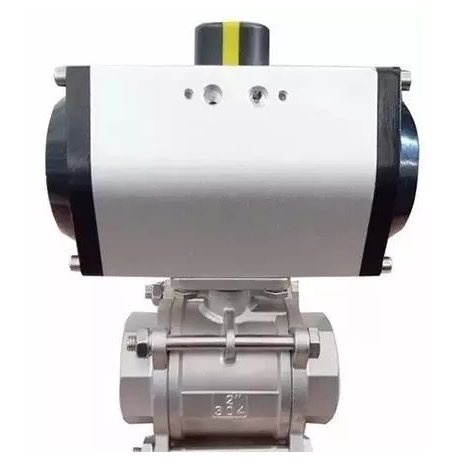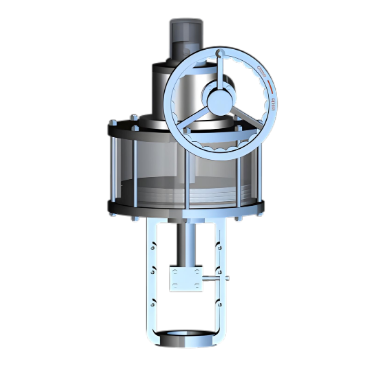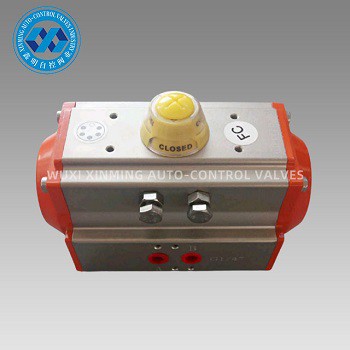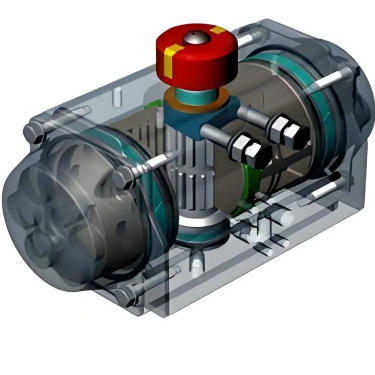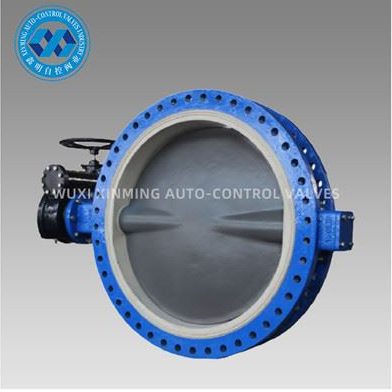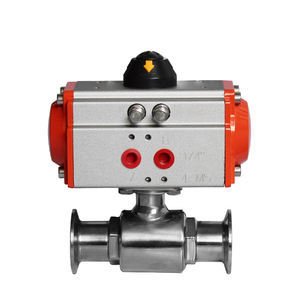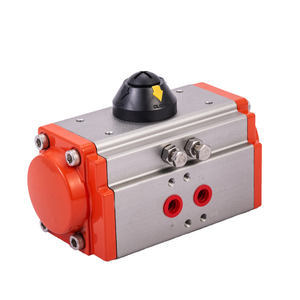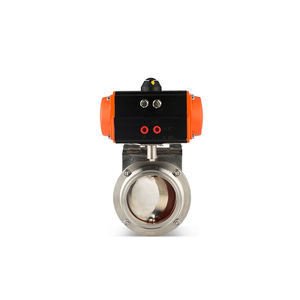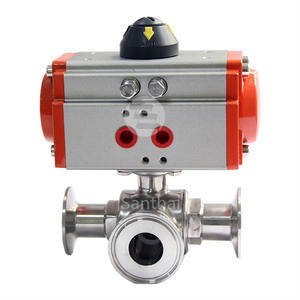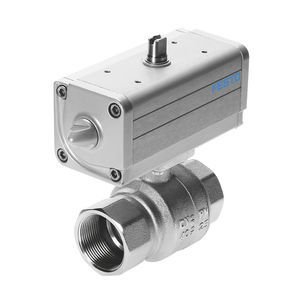Achieving the seamless integration of valve
pneumatic actuators into systems requires careful planning and execution.
First, a comprehensive understanding of the
existing system's requirements is crucial. This includes factors like the type
of fluid being handled, operating pressure, temperature range, and flow control
needs. Matching the actuator's specifications, such as its torque output,
stroke length, and speed capabilities, to these requirements ensures proper
functionality. For example, in a high - pressure chemical processing system, an
actuator with sufficient strength and corrosion resistance must be selected.
Proper communication between the actuator
and the control system is another key aspect. Whether it's through electrical
signals for position feedback or control commands, or using a bus - based communication
protocol, ensuring accurate and reliable signal transmission is vital. This
allows for precise control over valve operation, enabling seamless integration
with the overall process automation.
Mechanical integration also demands
attention. Ensuring that the actuator's mounting interfaces align perfectly
with the valve and other system components minimizes stress and wear.
Additionally, the pneumatic supply lines need to be properly sized and routed
to provide consistent air pressure without significant pressure drops. Regular
testing and calibration after integration help identify and rectify any issues
promptly, ensuring the valve pneumatic actuator operates smoothly within the
system and contributes to overall process efficiency.
If you want to learn more about low-priced products, please visit the following website: www.xm-valveactuator.com


